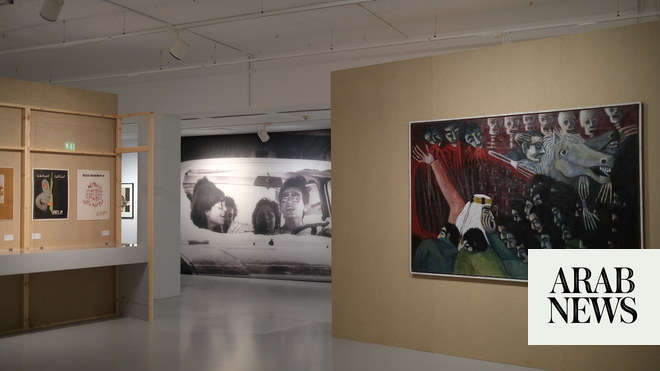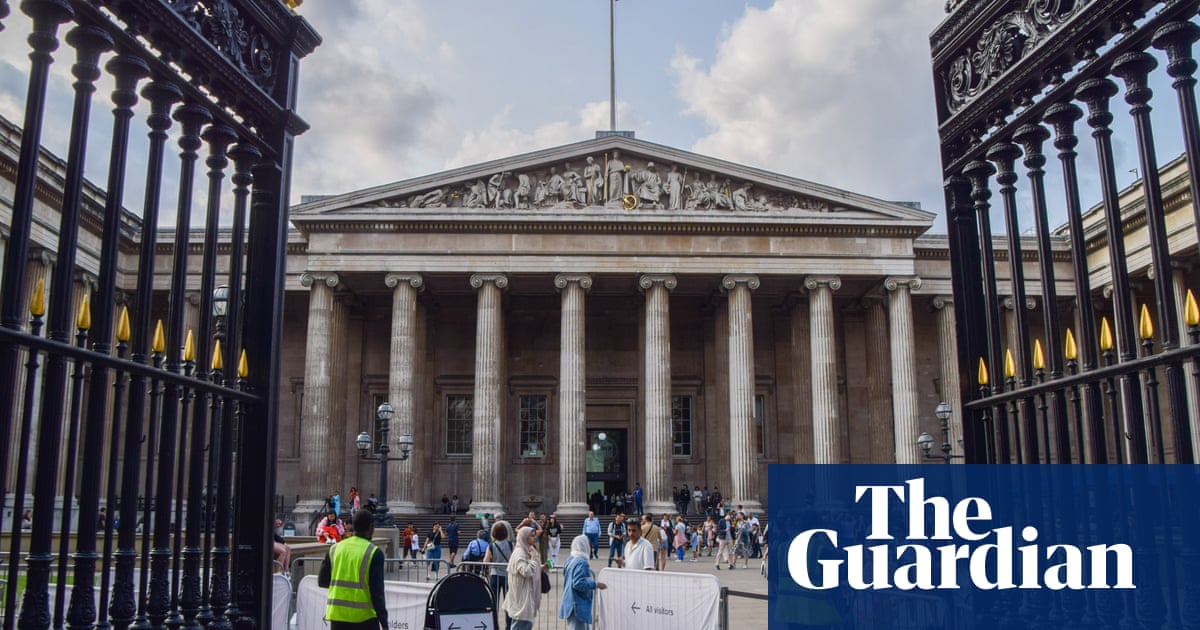
Curator said the discoveries were “absolutely ten-out-of-ten and beyond
LONDON: Discoveries made by a team of Iraqi archaeologists are to be the focus of a British Museum exhibition this year, along with dozens of other artefacts removed from the country in the late 19th and early 20th centuries.
The British Museum’s collection of items from Iraq has for decades been understood without context, having been taken from the country in the late 19th and early 20th centuries, but has been given new life following the work of the Iraqi archaeologists.
One of the objects, a small dolerite statue dating to around 2130 BC, was purchased by the museum in the 1930s and depicts a king called Gudea, ruler of the ancient city of Girsu, which is now inhabited by the city of Tello in the south of the country.
The statue shows Gudea in a position of prayer, the museum’s ancient Mesopotamia curator Sebastien Rey told the UK’s Guardian newspaper. He explained that while experts had deduced from sources that Gudea constructed a temple in the city, it had never been found.
Thanks to the work of the local Iraqi trainee archaeological team, led by Rey, who revisited the site decades after it was originally dug, it has now been found.
The team, working on the Iraq emergency heritage scheme started by the museum in 2015, found the location of the 4,000-year-old building as well as a bakery connected to it where bread would have been baked in large quantities as offerings to the gods.
Rey said the discoveries were “absolutely ten-out-of-ten and beyond,” especially given they came at a time when many of Iraq’s important historical and cultural sites had been under severe threat of destruction by Daesh militants.
The law in Iraq forbids archaeological discoveries to be removed from the country, but visitors will be able to see the items and finds in an exhibition called “Ancient Iraq: New Discoveries” through photographs, videos and reconstructions alongside the museum’s current collection.
It will run at the Great North Museum in Newcastle and University of Nottingham Museum from March to December.












